Suilend’s first-mover advantage, coupled with its innovative roadmap, including SpringSui for liquid staking and STEAMM AMM. All of these features position it as a cornerstone DeFi platform poised for significant growth within the expanding Sui ecosystem.
Project Overview: What is Suilend?
Suilend is a decentralized lending and borrowing protocol built on the Sui blockchain. It first launched on Sui network in March 2024 as the first expansion of the Solend team outside Solana. Behind the protocol is the pseudonymous founder “Rooter” and the core team from Solend (also known as Save on Solana).
Their goal is to bring Solend’s expertise in DeFi lending to Sui, providing a secure, efficient, and user-friendly platform for earning yield on crypto or accessing liquidity without selling holdings.
In essence, Suilend aims to democratize access to financial services by eliminating intermediaries and reducing costs, thereby making lending/borrowing more accessible to a broader audience.
For more: Sui’s DeFi Ecosystem: Rapid Growth and Strategic Positioning
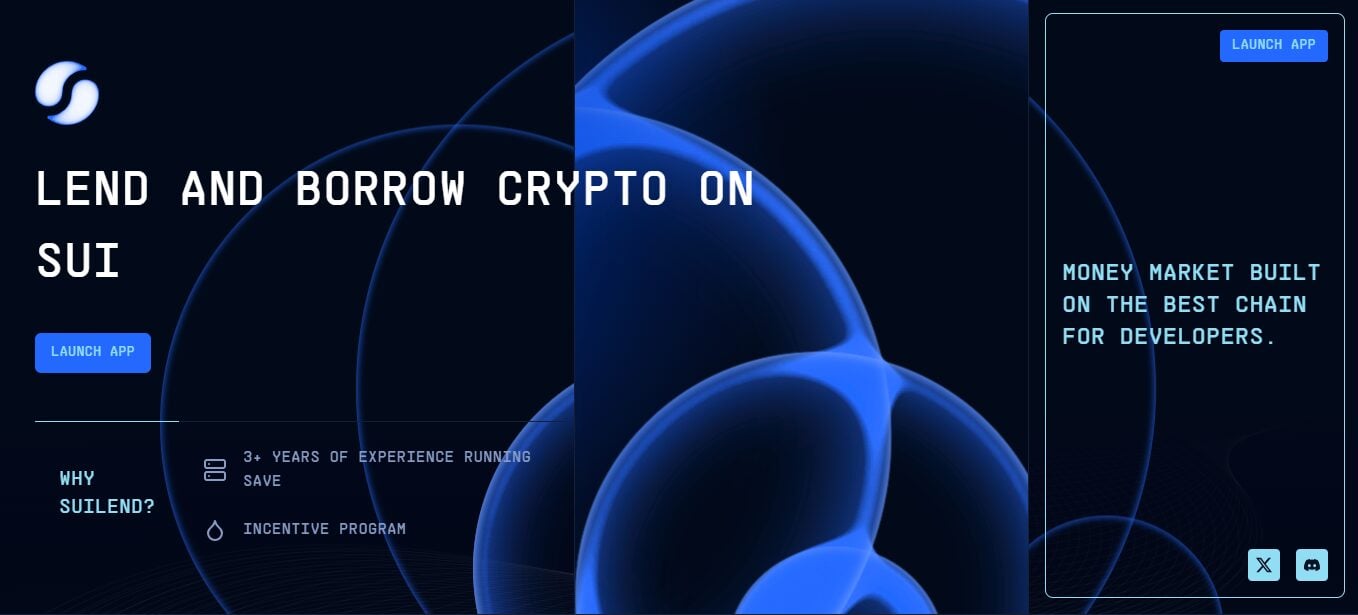

Suilend Homepage
Who is backing Suilend?
Suilend has garnered strong support from the crypto industry. It raised $6 million by late 2024 to fund development, $2M in early 2024 and another $4M in Dec 2024. Major blockchain investors from Delphi Ventures, Robot Ventures, Mechanism Capital, DeFi Alliance, and Karatage, alongside prominent angels like Balaji Srinivasan and DCFGod. This backing not only provided capital but also signals confidence in Suilend’s vision and technology.
According to the Sui Foundation team, Suilend quickly became one of Sui’s biggest DeFi protocols. By late 2024, the protocol was already the chain’s largest lending platform with nearly $470 million TVL (Total Value Locked) and significant monthly revenue. In January 2025, Suilend (together with its liquid staking arm SpringSui) reached $1 billion in TVL on Sui, underscoring its rapid growth.
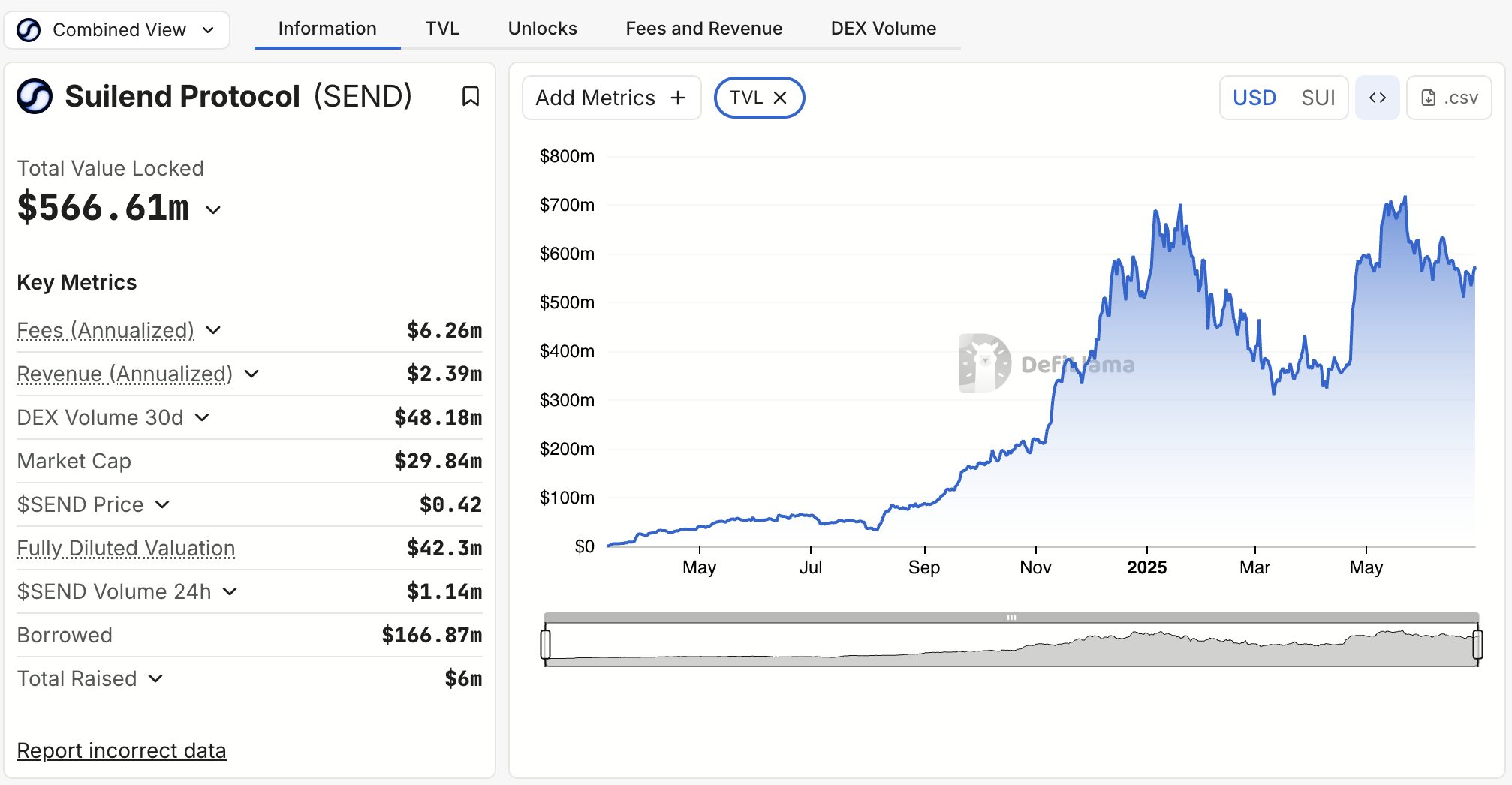

Source: DefiLlama
Since its launch, Suilend boasts over 50,000 monthly active wallets and has solidified its place as the #1 DeFi protocol on Sui by TVL. Overall, Suilend’s project overview can be summed up as a community-driven lending platform on a high-performance blockchain, led by experienced DeFi builders and solving the need for a robust money-market in the emerging Sui ecosystem.
For more: Driving Forces Behind Sui Growth Recently
Technical Architecture: How Does Suilend Work?
Suilend’s technical architecture closely resembles other money-market protocols (such as Compound or Aave protocol). But it’s implemented in Sui’s Move language to leverage the Sui’s unique technical advantages in speed and safety. At a high level, Suilend uses a pool-based lending model with on-chain objects to track markets, deposits, and loans.
Key components of the protocol include:
- Lending Markets and Reserves
- Deposits and cTokens
- Obligations (Account NFTs)
- Collateral and Liquidation
- Smart Contracts and Security
Suilend operates as a robust money-market protocol on the Sui network, leveraging its unique features for speed and security. The core of its operation revolves around a pool-based lending model where a Lending Market object contains multiple Reserve pools, each subject to a specific asset like SUI or USDC.


Suilend Lending Market
Users deposit crypto assets into these reserves to provide liquidity and earn interest. In return for their deposits, users receive cTokens, which are yield-bearing tokens representing their share of the deposited assets plus accrued interest.
Each user’s overall financial position, encompassing their deposits and borrows, is tracked efficiently through an Obligation object, often represented as an NFT unique to their address. This allows for the calculation of borrowing power across all collateralized assets.
All loans on Suilend are over-collateralized, with specific Loan-to-Value (LTV) ratios and liquidation thresholds. The protocol relies on trusted price oracles (like Pyth Network and Switchboard) to continuously feed accurate asset prices.
If a borrower’s collateral value falls below a certain threshold due to price fluctuations, their position closes to liquidation threshold. The liquidators repay the undercollateralized loans and seize collateral at a discount, ensuring protocol solvency.
A whale’s ~$20M long position on $SUI is on the verge of liquidation!
This whale deposited 4.1M $SUI($19.3M) and 100K $sSUI($470K) into #Suilend and borrowed $14.4M in stablecoins.
If the price of $SUI drops to $4.56, the position will be liquidated.https://t.co/nR510DfO9a pic.twitter.com/Z66m5PUMa6
— Lookonchain (@lookonchain) January 8, 2025
Overall, Suilend’s architecture marries the time-tested design of DeFi money markets with the next-generation infrastructure of the Sui blockchain. By using multi-asset collateral support, dynamic interest rates, and robust risk controls, Suilend provides a reliable backbone for the lending sector on Sui.
SEND Tokenomics and Suilend’s Incentives
Suilend introduced its own native token, SEND, in December 2024 as part of the protocol’s expansion. SEND coin is a utility and governance token designed to reward the community and align incentives between users and the protocol.
Here’s a dive into SEND’s tokenomics:
- Total supply and allocation: SEND has a fixed total supply of 100 million tokens.
- The allocation is heavily skewed toward the community, reflecting Suilend’s “community-first” ethos. Exactly 65% of the supply is earmarked for the community (including airdrops, rewards, and treasury), 20% is allocated to early investors, and 15% to the founding team. This balanced allocation ensures that the protocol’s users and contributors hold the majority stake, while still providing meaningful incentives rewardings to the team and backers for long-term commitment.
- Both investor and team tokens are subject to lock-ups (investors vest over ~2 years, team over ~4 years) to prevent sudden supply shocks.
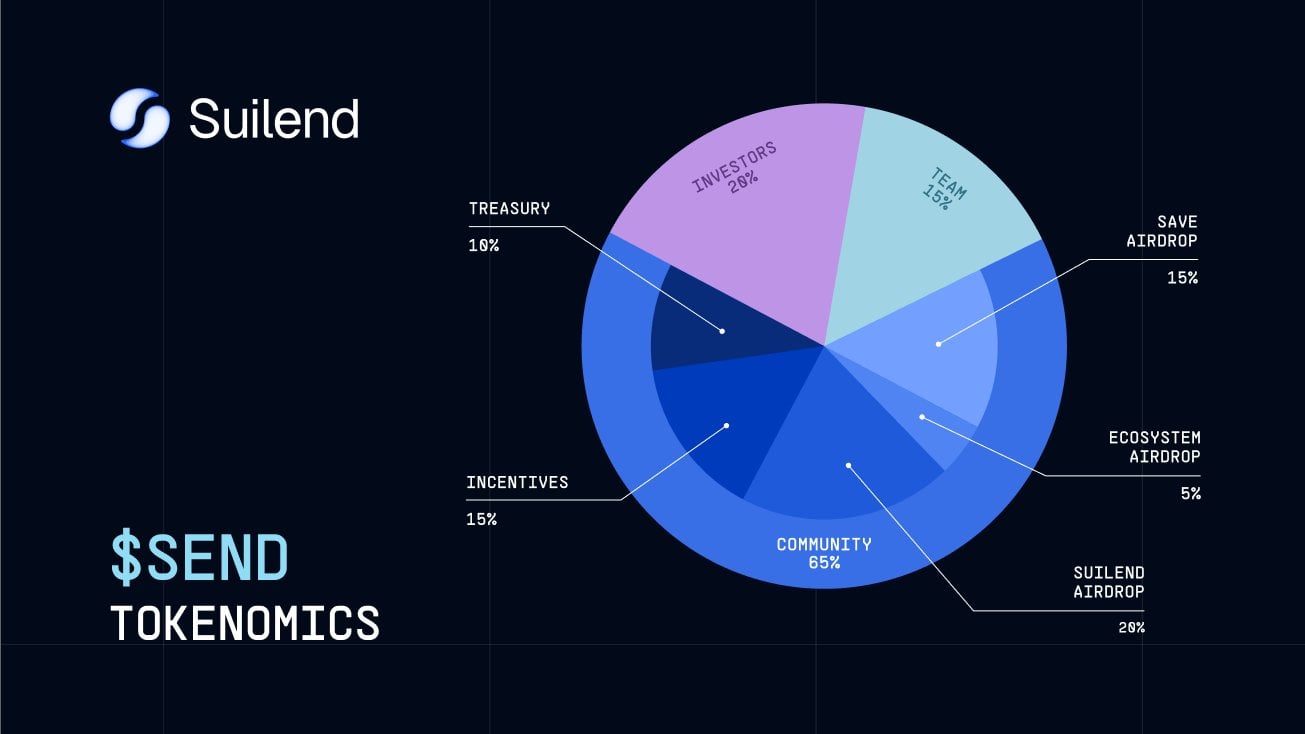

Source: Suilend
M-Drop Distribution Mechanism
A unique aspect of Suilend’s token launch was its “Mdrop” distribution model. Rather than a typical immediate airdrop or token sale, Suilend implemented a vesting voucher approach for community distributions.
Eligible users (such as early platform users, Suilend Points holders, and Solend/Save community members) received an allocation that could be redeemed for mSEND tokens. mSEND acts as a time-locked token voucher: holders can convert mSEND into actual SEND, but doing so early incurs a penalty fee in SUI.
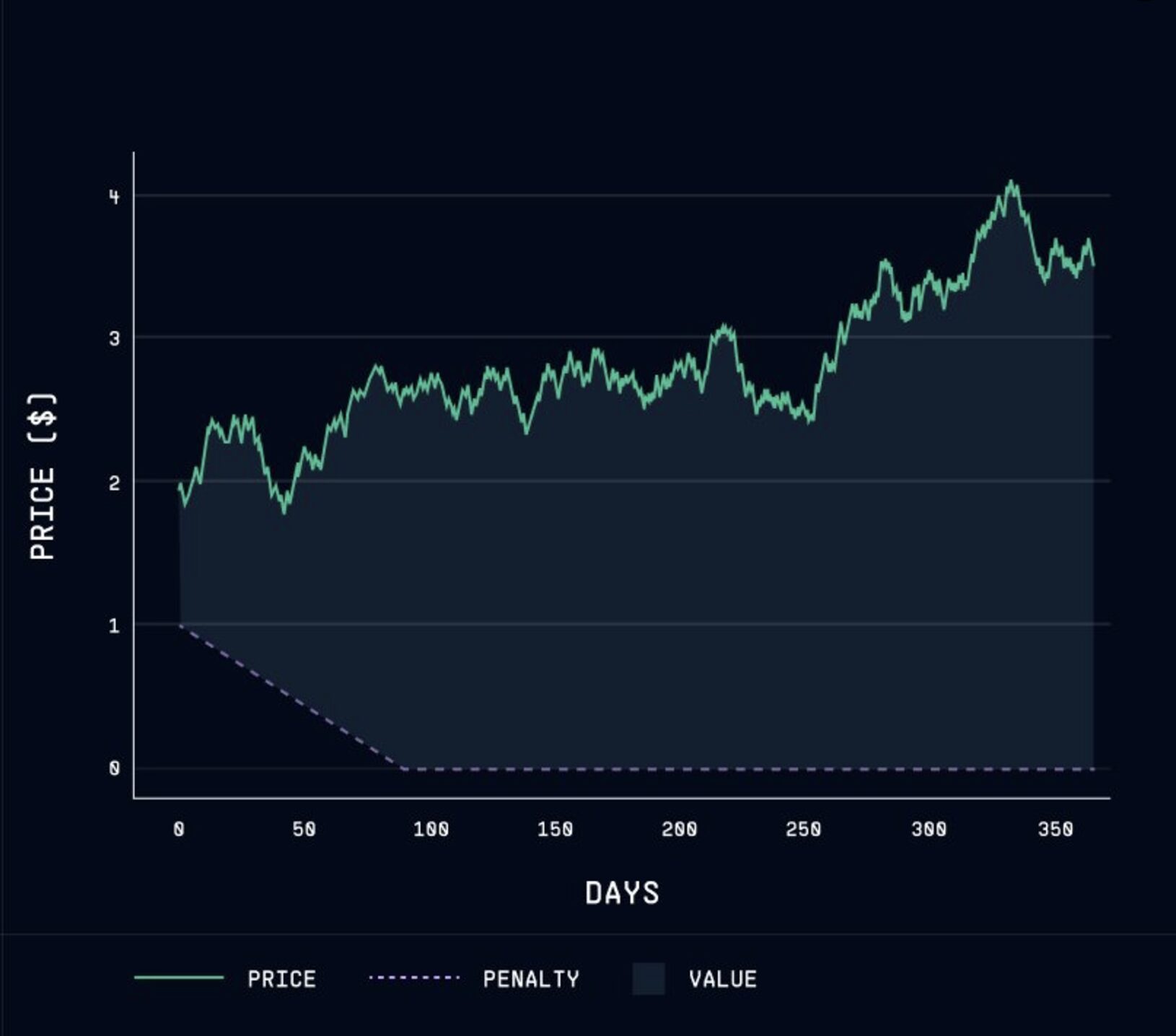

Source: Suilend
The penalty starts high and decreases linearly over time – for instance, community reward mSEND had a 3-month decay period, investor/team allocations 6 months, and the Solana Save holders allocation 12 months. After the specified maturity (e.g. 3 months), mSEND can be redeemed one-for-one for SEND with no penalty.
This mechanism achieved two goals: it allowed a large initial token distribution (40% of SEND) to the community without immediate sell pressure, and it encouraged longer-term holding as users had an incentive to wait for full unlock.
Notably, the Mdrop design also created demand for SUI token, since penalties are paid in SUI and get burned or otherwise removed from circulation, adding a sink for SUI.
Community Airdrops and Conversions
Within the community’s 65% allocation, 40% of SEND was distributed via Mdrop airdrops across three main groups:
- 20% to Suilend early users and points holders
- 5% to Sui ecosystem communities (e.g. holders of Suilend’s “Rootlets” NFTs and other contributors)
- 15% allocated to Save (Solend) token holders on Solana.
By rewarding Save holders, the team acknowledged their Solana community and invited them to join Suilend’s growth on Sui. The remaining community tokens (25% of supply) are designated for ongoing incentives, rewards, liquidity provision, and DAO treasury.
For instance, Suilend ran a points campaign where users earned non-transferrable Suilend Points for depositing assets (10 million points per day were distributed) – these points later translated into Mdrop allocations of SEND.


Source: Suilend
Suilend also issued special Capsule NFTs to community contributors (content creators, meme-makers, integrators, etc.), which carried hidden benefits revealed at token launch (indeed, likely providing extra token rewards). This innovative use of points and NFTs gamified early participation and ensured a broad, engaged distribution of the token.
Token Utility – Governance and Rewards
The core purpose of the SEND token is to empower the community in guiding and benefitting from the platform. SEND holders will govern the upcoming Suilend DAO, with the ability to propose and vote on protocol changes such as adjusting interest rate models, adding new collateral types, or treasury allocations. Suilend explicitly notes that SEND holders have a “key role in shaping the future” of the protocol.
Revenue Sharing
Beyond governance, SEND is poised to capture the economic success of Sui’s DeFi Suite. The team plans to enable fee sharing to token holders from the protocol’s revenue. Suilend’s revenue comes from interest rate spreads and fees. For instance, Suilend earns a portion of interest paid by borrowers, and the STEAMM AMM charges a 0.06% protocol fee on swaps.
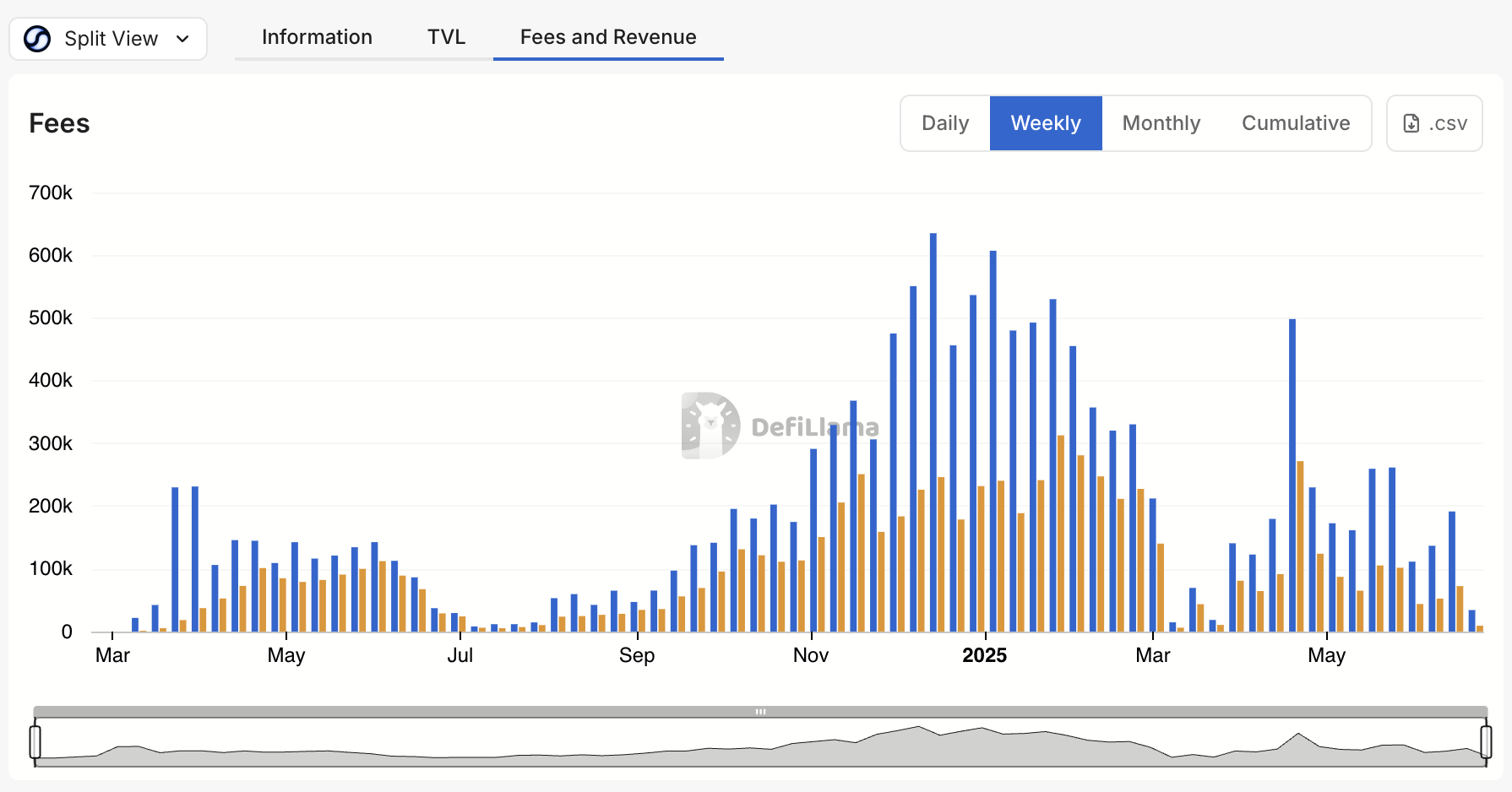

Source: DefiLlama
At the start of 2025, Suilend was generating about $16 million annualized revenue from its lending operations, and this could grow as new products like STEAMM mature. If a percentage of these fees is shared with SEND stakers or holders, it creates a powerful value accrual model for the token. This aligns holders with the long-term health of the ecosystem.
Incentives
SEND also functions as a reward token to incentivize usage. For example, liquidity providers, active borrowers, or participants in special campaigns can earn SEND reward. This bootstraps liquidity and user growth. By distributing tokens to active users, Suilend encourages platform loyalty while decentralizing ownership.
In summary, SEND’s tokenomics are designed to reward early adopters and align stakeholders. This model mirrors the playbook of successful DeFi protocols, where tokens help decentralised control and incentivize participation. However, Suilend has added its own twist with the Mdrop mechanism to promote long-term engagement over quick flips.
Suilend Upside Potential and Opportunities
Suilend presents significant upside potential as a flagship DeFi protocol within the rapidly expanding Sui DeFi ecosystem. Sui’s Total Value Locked (TVL) has surged to over $2 billion in early 2025, demonstrating robust growth. Suilend, as a leading contributor, benefits directly from this increased on-chain activity and liquidity.
The protocol attracts new assets, such as stablecoins, as they launch on Sui, further boosting its markets. This growth translates into higher lending demand and increased fee generation, potentially accruing significant value to SEND token holders.
For more: Best Sui Gaming and NFT Ecosystem
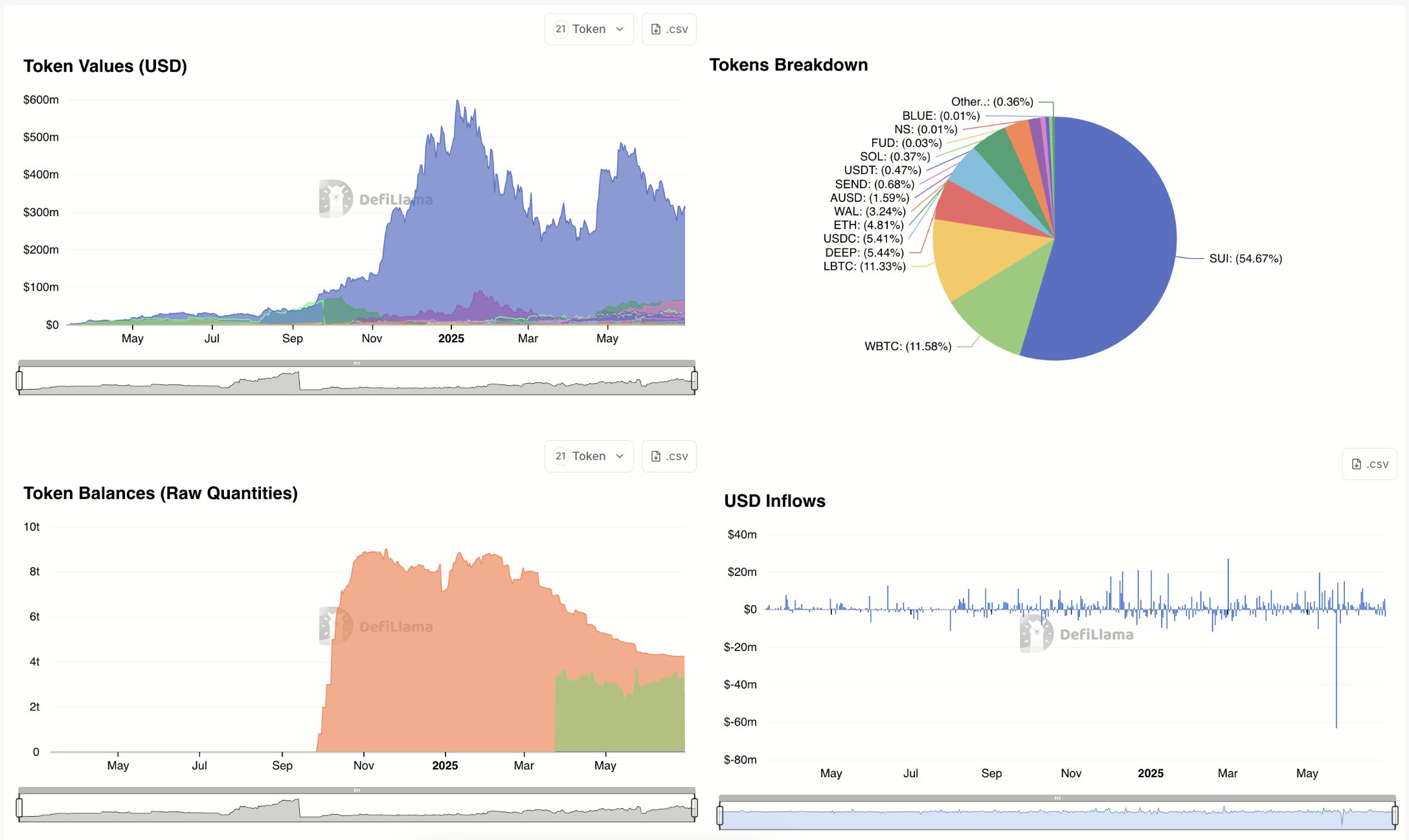

Source: DefiLlama
Lenders on Suilend find competitive, algorithmically determined interest rates. SEND rewards and liquidity mining incentives often boost these, creating attractive APYs. Borrowers use these opportunities for yield farming. The SEND token offers strong value. It enables governance and will likely entitle holders to a share of protocol revenues. These revenues have grown substantially, reaching an annualized rate of $16 million by early 2025.
Suilend’s innovative team has delivered multiple protocols. Its first-mover advantage positions it to evolve beyond traditional lending. This could integrate new revenue streams like a perpetual exchange and launchpad, solidifying its role as a cornerstone DeFi platform on Sui.
 Bitcoin
Bitcoin  Ethereum
Ethereum  Tether
Tether  XRP
XRP  USDC
USDC  Lido Staked Ether
Lido Staked Ether  TRON
TRON  Dogecoin
Dogecoin  Cardano
Cardano  Figure Heloc
Figure Heloc  WhiteBIT Coin
WhiteBIT Coin  Wrapped stETH
Wrapped stETH  Wrapped Bitcoin
Wrapped Bitcoin  Bitcoin Cash
Bitcoin Cash  Chainlink
Chainlink  USDS
USDS  Hyperliquid
Hyperliquid  Binance Bridged USDT (BNB Smart Chain)
Binance Bridged USDT (BNB Smart Chain)  LEO Token
LEO Token  WETH
WETH  Stellar
Stellar  Wrapped eETH
Wrapped eETH  Monero
Monero  Ethena USDe
Ethena USDe  Coinbase Wrapped BTC
Coinbase Wrapped BTC  Litecoin
Litecoin  Sui
Sui  Avalanche
Avalanche  Zcash
Zcash  Hedera
Hedera  Shiba Inu
Shiba Inu  Dai
Dai  sUSDS
sUSDS  World Liberty Financial
World Liberty Financial  Cronos
Cronos  USDT0
USDT0  Toncoin
Toncoin  PayPal USD
PayPal USD  Uniswap
Uniswap  Polkadot
Polkadot  Ethena Staked USDe
Ethena Staked USDe  Mantle
Mantle  Aave
Aave  Bittensor
Bittensor  USD1
USD1  Canton
Canton  Bitget Token
Bitget Token  NEAR Protocol
NEAR Protocol 


